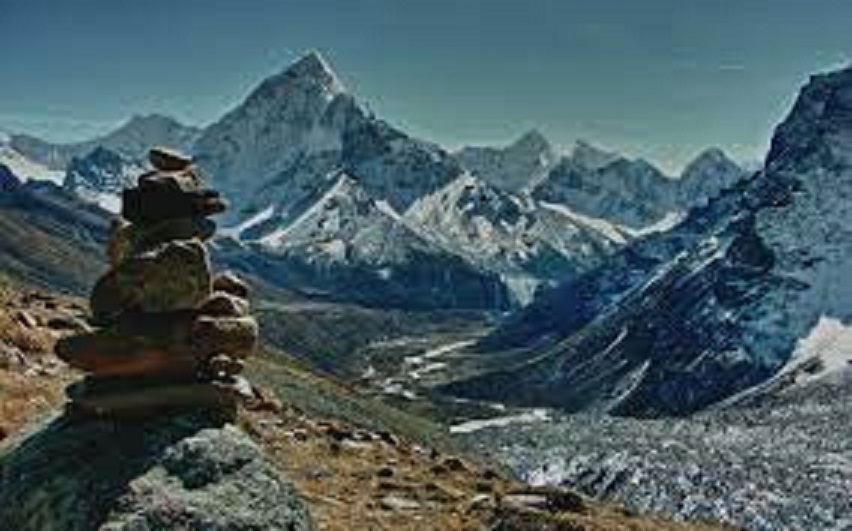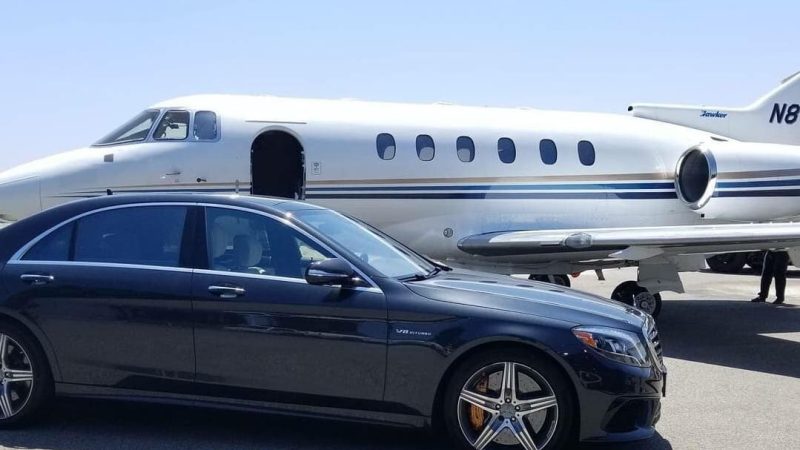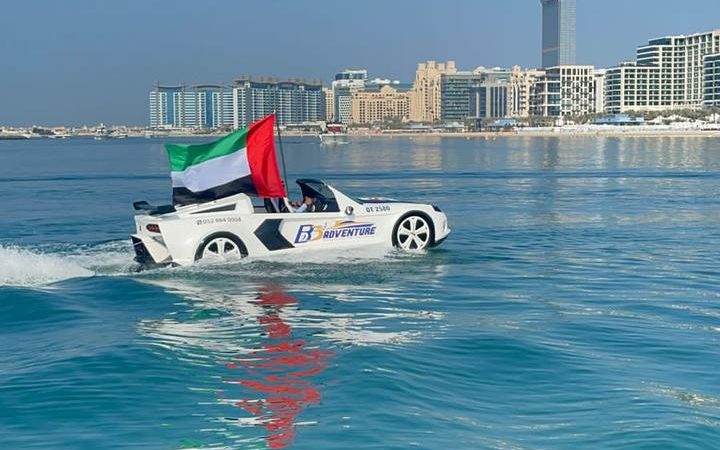How Difficult Is Everest Three Passes Trek?

Taking a trip to Mount Everest is an experience you must have at least once in your lifetime. Depending on where you want to go, there are different routes to take. Some are easier than others. However, no matter which route you decide to take, there are certain factors that you need to take into consideration before starting your trek. These factors include permits, accommodations, food, and guides.
Permits required
Whether you are an individual trekker or a group, you will need a permit for your Everest three passes trek. There are different permits that are needed depending on the region and the duration of your trek. The permit is a compulsory requirement for all activities inside the national park. It is also a tax that is paid for gaining access to the region. Depending on your nationality, the permit prices will differ.
For your Everest region trek, you will need a TIMS card, which stands for the Trekkers’ Information Management System. This card is required for trekkers who will be trekking off the main trail. This card is also essential for any trek in Nepal.
Another type of permit that is required for your Everest three passes trek is the Sagarmatha National Park Entry Permit. It is issued by the Nepal Tourism Board. You can purchase this permit from the board’s office in Kathmandu. The fee for this permit is NPR 2000 for the first four weeks of your stay. If you will be staying longer than four weeks, the fee will be NPR 2500.
Accommodation
Among the many treks in the Everest region, the Three Passes Trek is perhaps the most challenging. It’s a lollipop-shaped loop that takes you across three high mountain passes. You’ll get to see the entire Everest region. It’s a good trek for fit, experienced trekkers. However, it’s not recommended for beginners.
The Three Passes Trek isn’t required by law. However, you’ll need government-issued documents for legal purposes. You’ll also need to get a permit from the Sagarmatha National Park. The permits are available in Namche Bazaar.
You’ll also need to carry a rucksack or duffle bag. You’ll want to pack some toilet paper and other toiletries for foreign mountaineers.
The Three Passes Trek is lodge-based, meaning you’ll have an array of food options. In fact, you’ll find pizza and Dal Bhat at some lodges. The food is wholesome. Most lodges also have an attached bathroom.
Food
Whether you’re looking for a challenging trek, or just a short break from your day to day life, the Everest three passes trek has the potential to challenge you. The trek takes you across three passes over 5,000 meters.
While the Everest three passes trek is no joke, there are ways to ensure a successful trip. Preparation is key, and staying motivated is vital. For the trek to be successful, it is important to acclimatize, and take proper health precautions. You’ll also need to make sure you have the right gear and food.
The three passes trek is a long trek, and involves steep climbs, rocky trails, and even a few glaciers. It’s also not a beginner’s trek, and you should have at least some experience trekking above 4500 meters.
Views of Mount Everest
Located above tree lines, Everest Three High Passes Trekking offers spectacular views of Mount Everest, Lhotse, Makalu, and the rest of the Himalayas. It also offers a great cultural experience of traditional Sherpa villages and high alpine valleys surrounded by giant peaks.
The trek starts from Lukla and ends in Namche Bazaar. Several airlines operate daily flights to Lukla airport. Once you arrive at Lukla, you have the option to hire a chopper or take a 35 minute scenic mountain flight. This is an exciting way to get to the Everest base camp.
Everest Three Passes Trek is a high mountain trek that offers incredible landscapes, views, and warm friendly locals. You will also be able to see more of the Khumbu Valley and Sherpa culture. The trek is best during the spring and post-monsoon seasons.
Also Read: 15 Best Trekking Places Near Bangalore
Guide
During your three passes trek, you’ll be visiting three high passes – Gokyo Ri, Renjo La Pass and Kongma La. They are all over 5,000 meters in altitude, so you’ll have to be in good shape to complete this challenging trek. However, some of these passes are prone to avalanches, so you’ll want to be careful when tackling them.
If you’re thinking about doing this trek, you’ll want to get a good sense of the three passes and their merits. The most impressive of these three passes is probably the Renjo La Pass, but it’s not for everyone.
While you’re getting prepared to tackle this trek, you might want to consider doing it in the fall instead of winter. Fall is the best time to see the Himalayas, but you’ll also be dealing with less crowds.






